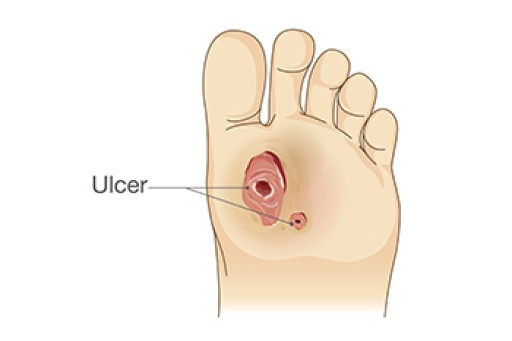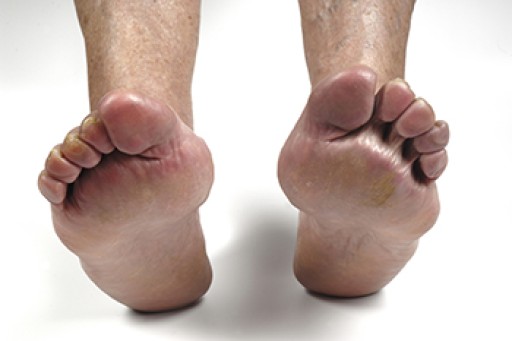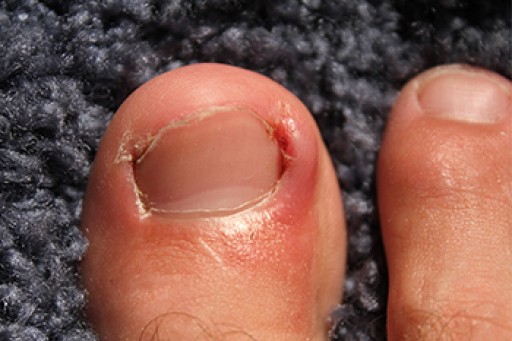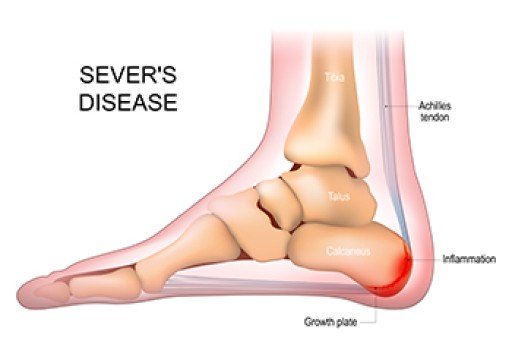
Pregnancy is usually an event that is looked forward to with anticipation and excitement. However, it is also a time where many changes take place in a woman’s body and some of them are challenging. For example, pregnancy can lead to changes in foot anatomy, potentially increasing the risk of foot pain and musculoskeletal issues. It has been found that orthotics can help to prevent back pain and arch collapse during pregnancy. Orthotics are designed to absorb shock, increase stability, and reduce extra movement that can aggravate pain. These, along with wearing supportive, well-fitting shoes, can provide relief. If you are pregnant and enduring foot or related pain, it is suggested that you make an appointment with a podiatrist who can help you to find ways to get through these common discomforts more comfortably.
Pregnant women with swollen feet can be treated with a variety of different methods that are readily available. For more information about other cures for swollen feet during pregnancy, consult with one of our podiatrists from Foot Health Center of Merrimack Valley. Our doctors will attend to all of your foot and ankle needs.
What Foot Problems Can Arise During Pregnancy?
One problem that can occur is overpronation, which occurs when the arch of the foot flattens and tends to roll inward. This can cause pain and discomfort in your heels while you’re walking or even just standing up, trying to support your baby.
Another problem is edema, or swelling in the extremities. This often affects the feet during pregnancy but tends to occur in the later stages.
How Can I Keep My Feet Healthy During Pregnancy?
- Wearing orthotics can provide extra support for the feet and help distribute weight evenly
- Minimize the amount of time spent walking barefoot
- Wear shoes with good arch support
- Wear shoes that allow for good circulation to the feet
- Elevate feet if you experience swelling
- Massage your feet
- Get regular, light exercise, such as walking, to promote blood circulation to the feet
If you have any questions please feel free to contact one of our offices located in North Andover, and Tewksbury, MA . We offer the newest diagnostic and treatment technologies for all your foot and ankle needs.

















